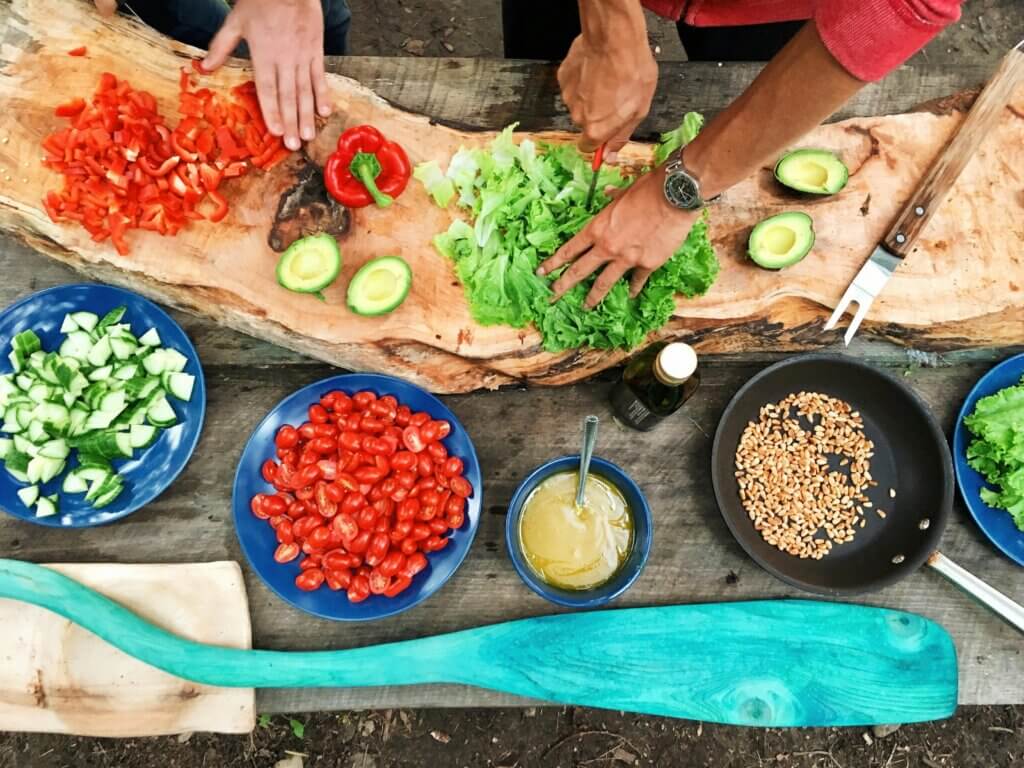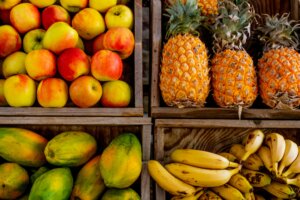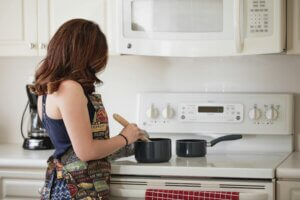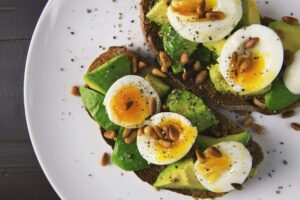The new year brings a fresh sense of motivation to eat healthier, save time, and be more organized. Batch cooking is one of the simplest ways to achieve all three. By preparing multiple meals in advance, you can ensure your fridge is always stocked with nutritious, ready-to-eat options, making it easier to stick to your resolutions without the stress of daily cooking.
Whether you’re aiming to improve your diet, spend less money on takeout, or streamline your weekly routine, batch cooking can help you kick off the new year with a plan that works for you.
In this guide, we’ll explore the benefits of batch cooking, how to set up your approach, and the tools you’ll need for success. Plus, you’ll find a few easy recipes to get started.
What’s the difference between batch cooking and meal prep?
While the terms “batch cooking” and “meal prep” are often used interchangeably, they refer to slightly different approaches to planning and preparing meals.
What is batch cooking?
Batch cooking involves cooking large quantities of a single dish at once and dividing it into portions for storage. It’s particularly great for meals that freeze and reheat well.
For example, you might make a big pot of chili or a tray of roasted vegetables that can be eaten over several days.
What is meal prep?
Meal prep focuses on preparing individual portions of different meals ahead of time. This might include pre-chopping veggies, portioning out snacks, or assembling complete meals in separate containers. It’s ideal for those who prefer variety throughout the week.
Both methods can save time and make healthy eating more convenient, but batch cooking tends to be less labor-intensive since it focuses on cooking fewer dishes in larger quantities.
Benefits of batch cooking
Save time and reduce stress
Batch cooking allows you to spend one focused session in the kitchen, freeing up the rest of your week. Having pre-made meals ready to go eliminates the stress of deciding what to cook each day.
Stick to healthier eating habits
When healthy meals are already prepared, it’s easier to make nutritious choices instead of reaching for convenience foods. Batch cooking puts balanced options within arm’s reach, helping you stay on track with your goals.
Save money
Cooking in bulk often means buying ingredients in bulk, which can be more cost-effective. Plus, you’ll reduce the temptation to order takeout, saving even more.
Minimize food waste
By planning your meals and cooking in advance, you’re more likely to use up all the ingredients you buy, cutting down on waste.
Simplify your routine
With batch cooking, your meals are ready when you need them, easier to manage a busy schedule, freeing up time for other priorities while still enjoying home-cooked food. It also means fewer dishes to wash each night, as most of the cleanup happens during your cooking session.
How to plan your batch cooking approach
A successful batch cooking routine starts with a little planning. Here’s how to set yourself up for stress-free, productive sessions in the kitchen:
1. Assess your needs
Decide how many meals you want to prepare and for how many people. For example, you might plan lunches and dinners for the week or focus on having quick grab-and-go options for breakfast.
2. Pick a few versatile recipes
Choose recipes that are easy to scale up and store well. Aim for a mix of proteins, grains, and vegetables that can be paired in different ways for variety. Soups, casseroles, and roasted vegetables are great options.
3. Make a detailed shopping list
Write down everything you’ll need, from fresh produce to pantry staples, and check your kitchen for items you already have. This saves time and ensures you’re fully prepared when it’s time to cook.
4. Set aside time
Pick a day that works best for you to focus on cooking. Many people prefer Sundays, but any day can work as long as you have a couple of uninterrupted hours.
5. Label and portion meals
Divide your cooked meals into individual portions and label them with the date they were made. This makes it easy to grab what you need and keeps your fridge or freezer organized.
Batch cooking equipment for easy storage and reheating
The right tools can make batch cooking more efficient and your meals easier to store and enjoy. Here are some essentials to consider:
- Freezer-safe storage containers: Look for BPA-free glass or high-quality plastic containers with airtight lids. Freezer-safe options ensure your meals stay fresh without freezer burn.
- Oven-safe containers: These are ideal for casseroles or baked dishes that can go straight from the freezer to the oven. Pyrex or ceramic dishes with lids are great choices.
- Mason jars: Perfect for soups, salads, or overnight oats, mason jars are a versatile option for storing meals in individual portions.
- Reusable silicone bags: For smaller items like chopped vegetables, cooked grains, or snacks, reusable silicone bags are a space-saving and eco-friendly choice.
- Sheet pans and large pots: Batch cooking often involves roasting or making big one-pot meals, so having a sturdy sheet pan and a large pot is essential.
- Sharp knives and a food processor: Prep work is faster and easier with high-quality knives and a food processor for chopping, shredding, or blending.
Three easy batch cooking recipes
Here are three simple and delicious recipes to get you started with batch cooking:
1. Roasted vegetable quinoa bowls
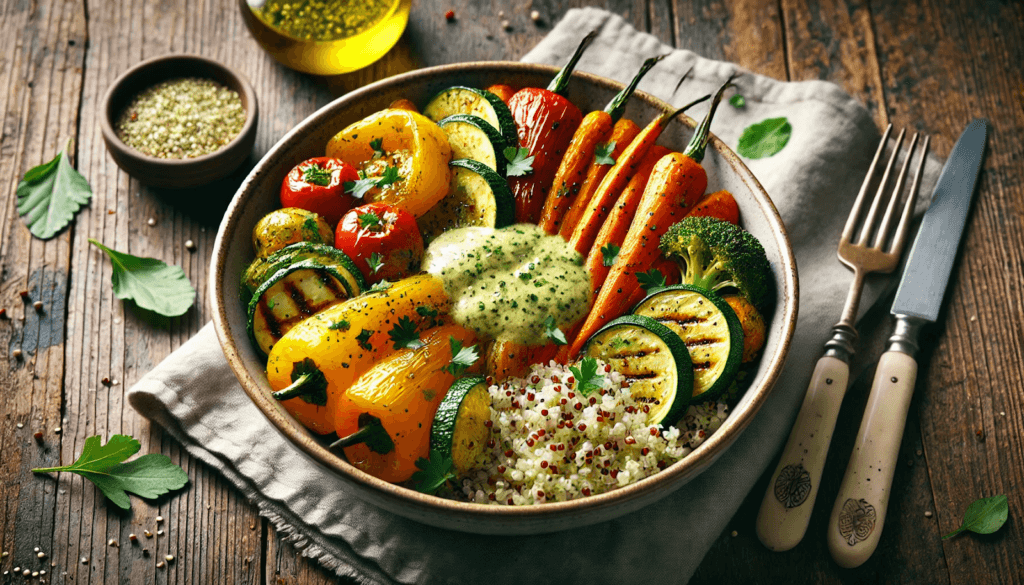
Ingredients:
- 2 cups quinoa, cooked
- 1 sweet potato, diced
- 1 zucchini, sliced
- 1 red bell pepper, chopped
- 1 cup broccoli florets
- 2 tablespoons olive oil
- 1 teaspoon paprika
- 1/2 teaspoon garlic powder
- Salt and pepper to taste
- Protein of choice (chicken, tofu, or chickpeas)
- Optional toppings: hummus, tahini, or avocado
Instructions:
- Preheat your oven to 400°F (200°C).
- Toss the vegetables with olive oil, paprika, garlic powder, salt, and pepper. Spread them out on a baking sheet.
- Roast for 25-30 minutes, stirring halfway, until tender and slightly caramelized.
- Assemble the bowls by dividing the quinoa and roasted vegetables into containers. Add your chosen protein and any desired toppings.
2. Lentil and vegetable soup
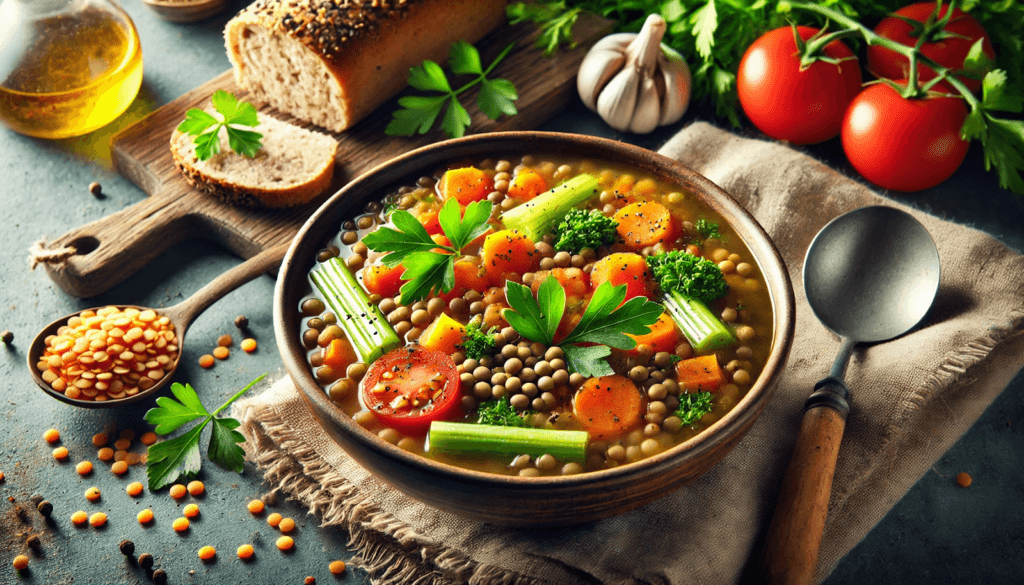
Ingredients:
- 1 cup dried green or brown lentils, rinsed
- 1 onion, diced
- 2 carrots, chopped
- 2 celery stalks, chopped
- 3 garlic cloves, minced
- 1 can diced tomatoes (14 ounces)
- 4 cups vegetable broth
- 1 teaspoon cumin
- 1/2 teaspoon smoked paprika
- 1 tablespoon olive oil
- Salt and pepper to taste
Instructions:
- Heat olive oil in a large pot over medium heat. Add the onion, carrots, and celery, cooking until softened.
- Stir in the garlic, cumin, and paprika, cooking for another minute.
- Add the lentils, diced tomatoes, and vegetable broth. Bring to a boil, then reduce the heat and simmer for 30-40 minutes until the lentils are tender.
- Season with salt and pepper, and divide into containers for storage.
3. Turkey meatballs with spaghetti squash
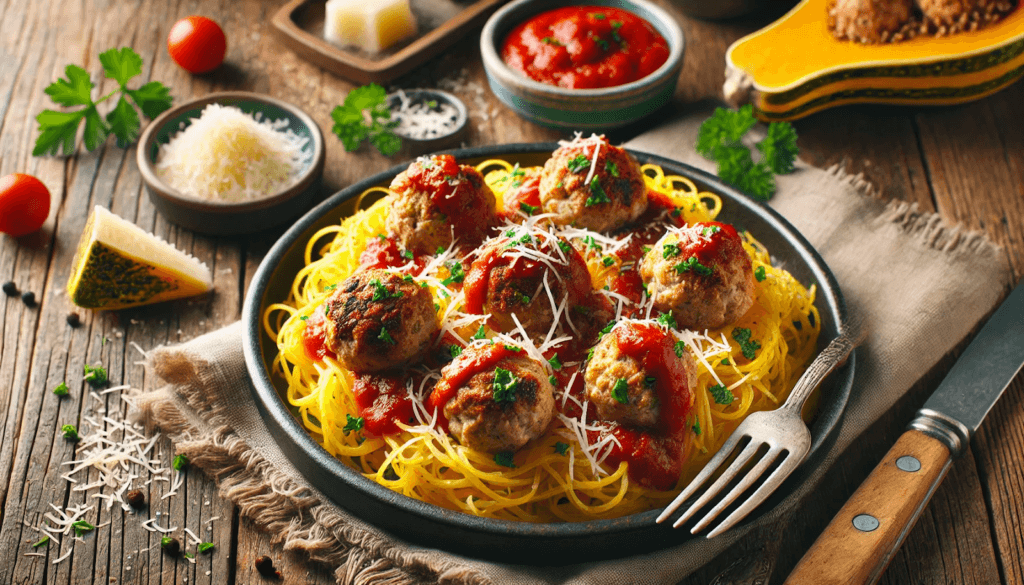
Ingredients:
- 1 spaghetti squash, halved and seeds removed
- 1 lb ground turkey
- 1/4 cup breadcrumbs (or almond flour for gluten-free)
- 1 egg
- 2 cloves garlic, minced
- 2 tablespoons parsley, chopped
- 1/4 cup parmesan cheese (optional)
- 1 jar marinara sauce
- Olive oil, salt, and pepper
Instructions:
- Preheat oven to 375°F (190°C). Drizzle the spaghetti squash with olive oil, season with salt and pepper, and place cut side down on a baking sheet. Roast for 40-45 minutes.
- While the squash roasts, mix the turkey, breadcrumbs, egg, garlic, parsley, parmesan (if using), salt, and pepper in a bowl. Form into small meatballs.
- Bake the meatballs on a parchment-lined baking sheet for 20-25 minutes until golden and cooked through.
- Heat the marinara sauce in a saucepan, then add the cooked meatballs.
- Scrape the spaghetti squash into strands with a fork and serve with the meatballs and sauce.
Embrace the ease of batch cooking
Batch cooking is a powerful tool to make your week less stressful and more productive. It’s especially useful for sticking to new year’s resolutions like eating healthier, saving money, or staying organized. With a little planning, the right equipment, and a few tried-and-true recipes, you can set yourself up for success in no time.

